Selected Plants of Navajo Rangelands
Take care of our Navajo Rangelands
Uruguayan pampas grass
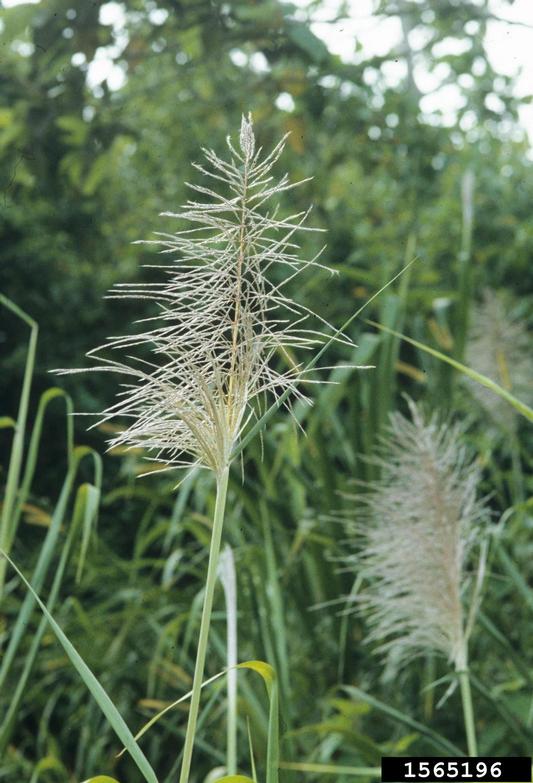
Pampas grass was introduced to North America from eastern South America. It prefers moist soils and sun, but can thrive in dry conditions as well. It can quickly colonize an area due to its high volume of seeds, resulting in thick stands, which may become fire fodder. The six-foot-tall stalks have a distinctive feathery whitish-lavender cluster of seeds.
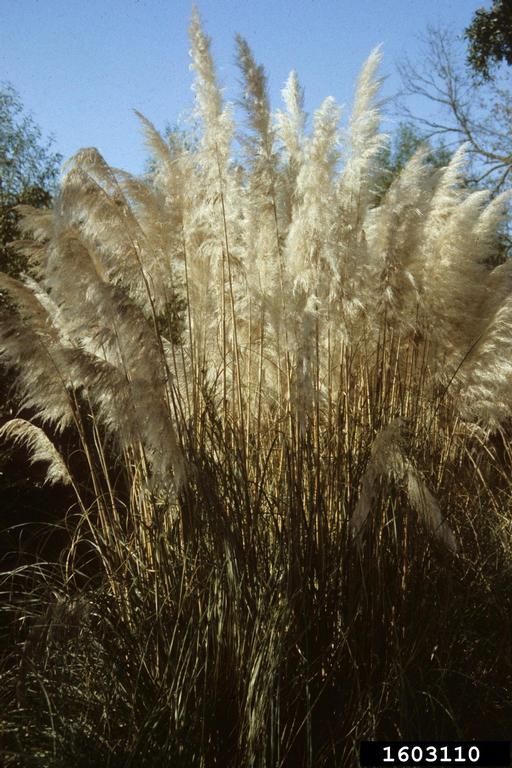
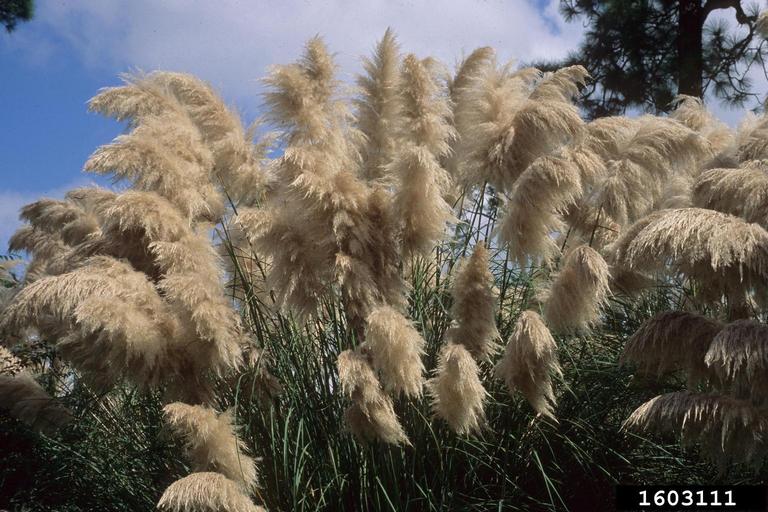

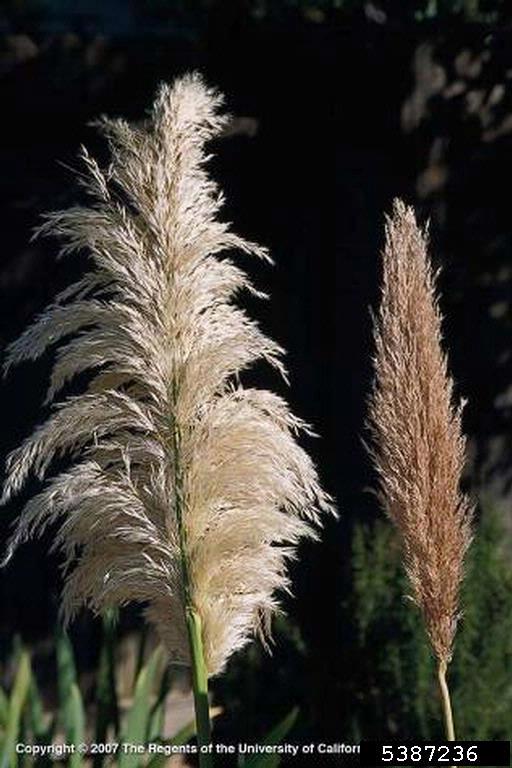
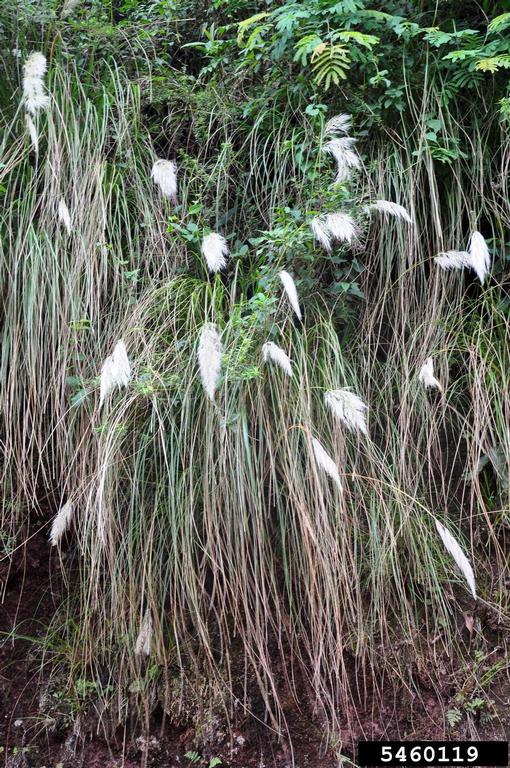
©2018 NMSU Board of Regents.
Individual photographers retain all rights to their images.
Partially funded by the
Western Sustainable
Agriculture Research and Education Program
(westernsare.org; 435.797.2257),
project EW15-023.
Programs and projects supported by Western SARE are
equally open to all people.